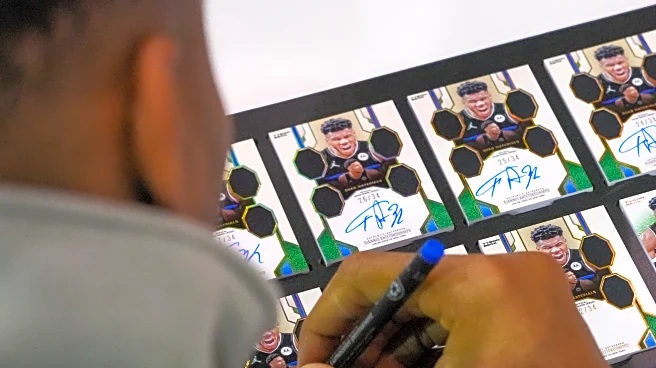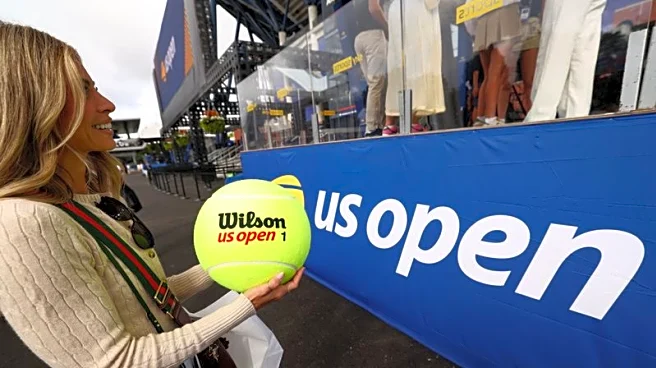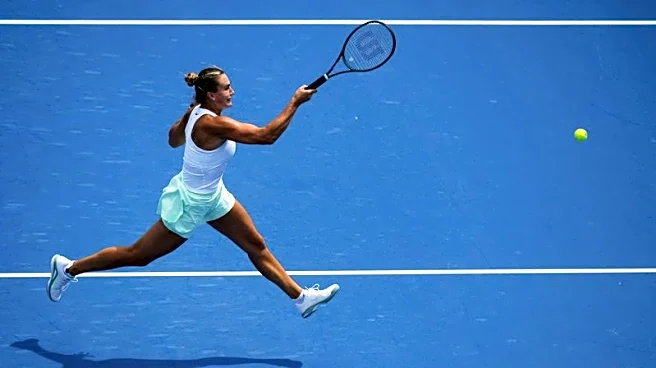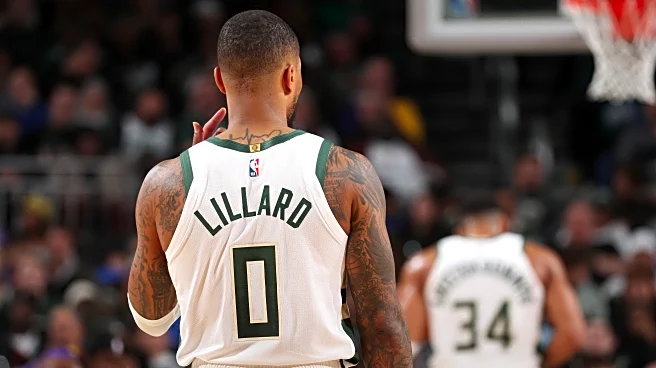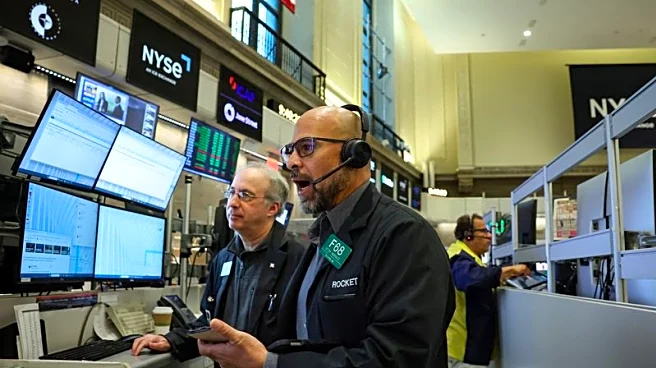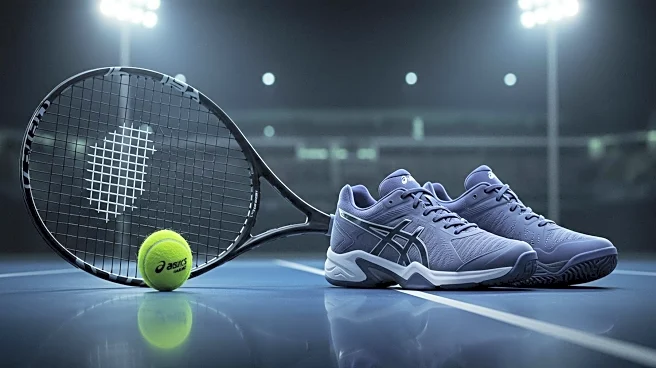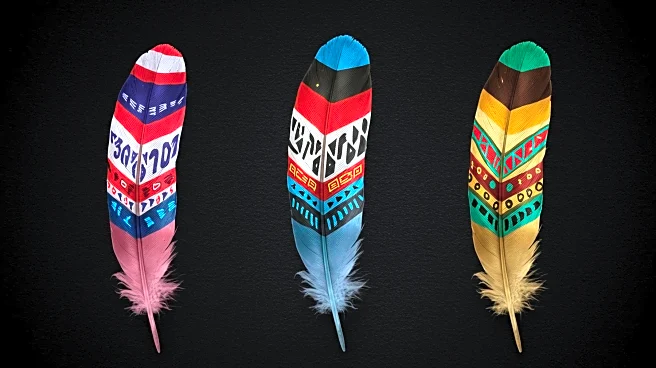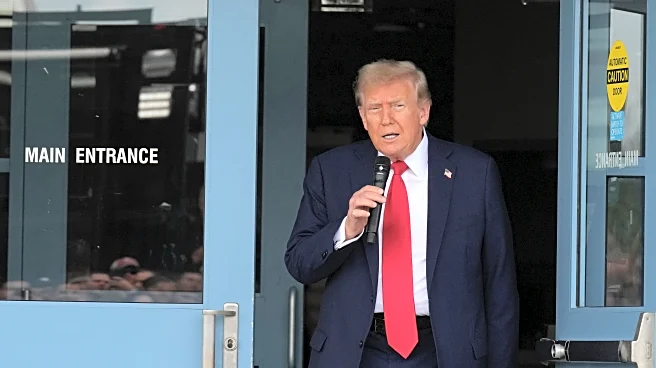
Once told he’d never make it as a graphic designer, Tyson Beck has become one of the most renowned sports artists on the planet. Having worked with every major pro sports league in the U.S.—and a plethora of others around the world—Beck has become a pioneer in the trading card space, the first artist to license cards directly with athletes. It should come as no surprise, then, that his drops quite literally sell out in seconds. Fresh off a July collaboration with Stephen Curry dubbed “Ruined the Game
x 4K Club,” Beck has turned his attention to another generational, one-franchise hooper: Milwaukee’s Giannis Antetokounmpo—and his brothers, Thanasis, Kostas, and Alex.
ZD: First off, thanks for taking the time to speak with us. We hear a lot about the grind NBA players go through to get to where they are, but seldom hear the stories of those who help them transcend the sport. Talk us through your journey to becoming an internationally renowned artist.
TB: No, thank you for the opportunity. That’s a great question because, outside of my wife, nobody really sees first-hand the time, sacrifices, and ups and downs of the journey behind it all. It’s certainly not something that is given to you—or luck. In saying that, I think it was very opportunity-based, which was fortunate.
When I started in 2005, there really was zero sports content or sports design community—literally nothing. With no social media, I was making wallpapers, avatars, and sigs for fans for fun on basketball forums. So it was an opportunity to do things nobody else was really doing. Seeing teams, leagues, and agencies not doing any creative content around games and moments, I started up a design group called Posterizes a few years later, and we became a creative outlet for NBA fans. This led to me working for multiple teams and the NBA for eight years, handling their social media creative and branding for games and events.
Fast forward to today, every team and league produces amazing creative content—it’s become a major focus. It really was an opportunity to start in an era where no one was doing it to build my name in the industry.
It was 15 years of hard work and sacrifices that led to my first drop—and it sold out in minutes. It was a surreal feeling.
Tyson Beck
ZD: You’ve carved a lane of your own, becoming the first artist to license cards directly with athletes. Where did this idea come from, and what has the evolution been like for you?
TB: I started working with Topps in 2014, making cards and sets with them, but in 2020 when the world stopped, I looked at how people were supporting me more than ever and grabbing cards because I made them, and I just had an idea to bet on myself and give it a crack.
It was a crazy time, and maybe it needed to be for me to take such a gigantic financial risk. Outside of the purchase of my first house, it was easily the most expensive thing I have ever done. The first deal was with Jayson Tatum—no funding, no investors. All upfront. Just money I had saved by essentially working two full-time jobs my whole life.
Essentially, it was 15 years of hard work and sacrifices that led to my first drop—and it sold out in minutes. It was a surreal feeling.
ZD: Can you provide some insight into your creative process—does it begin with a particular highlight, emotion, or something else?
TB: The card industry is very template-based and often not specific to the athlete at all. So I try to lean into the athlete’s characteristics, personality, and how they attack the game. It really is the athlete that is the source of inspiration, and my challenge is making something that will appeal to someone who collects that athlete’s cards. That said, because the industry is so built on templates and sets, I do mix it up by throwing in some more templated cards to appeal to that side of collectors.
ZD: Now, you’ve just finished a collaboration with Giannis, Thanasis, Kostas, and Alex Antetokounmpo. Tell us about this experience.
TB: It was awesome—I was able to do my first ever quad-autograph card, and having four of the Antetokounmpos as the focus was special. Thanasis, Kostas, and Alex were all very kind and respectful. Giannis was a vibe; he was fun.
Just like athletes strive to be the best on the court, I strive to be the best I can be in my craft. So I specifically wanted Giannis to sign in a way he hasn’t done in a set of cards since 2014—15. To the outside world, that might seem like nothing, but for his collectors, it is a huge thing. I was able to get it done, and Giannis was great to connect and chat with.
I feel that, in situations like these, it helps being Aussie—someone different to who athletes are used to interacting and dealing with when it comes to this industry and signings.
ZD: A physical phenomenon on the court, Giannis has always presented himself as grounded and playful off the court. What stood out to you most about working with him?
TB: What stood out was that I couldn’t tell when Giannis was being serious or when it was banter and playfulness! But I guess that shouldn’t be a surprise, as we aren’t close and I don’t have that level of relationship with him. What also stood out was his strong family values—he makes his brothers feel included and involved. That’s something I really respect about Giannis.

ZD: Your work has a distinct energy and flair to it. How do you approach translating an athlete’s style of play—like Giannis’ physical dominance—into visual form?
TB: Thank you. With Giannis, you’ve got to dive right into his raw emotion on the court—and his reach. To me, those are the two strongest aspects to his game, so that is evident in my cards. I also added some antlers surrounding the artwork to represent the team in a cool visual way—that was key for me.
ZD: What about this particular drop—what does this piece say about Giannis?
TB: For me, it’s about authenticity. This is my first game-worn patch from an NBA player going into cards. In an industry where most patches are simply fan jerseys cut up with no association to the player, this is long overdue—and something I saw as an opportunity to take on and change.
Not only are the jersey patches game-worn, but the card also details the exact game Giannis wore it in—January 28, 2022 vs. New York—and documents the big performance he had that night: 38 points, 13 rebounds, and five assists. This is what collectors care about and what I want to start doing differently compared to the bigger, mass-volume companies.

ZD: Of course, the collaboration goes beyond just Giannis, celebrating Thanasis, Kostas, and Alex too. How did you approach showcasing their unique stories alongside Giannis’?
TB: For me, it was just about connecting them in a new series I am developing with cool dual, triple, and quad autos. Having the brothers as the first featured in the set was a perfect way to kick it off.
ZD: Your work is often layered with symbolism. Are there any Easter eggs in this drop that fans might miss at first glance?
TB: There were Easter eggs in my 2021 championship drop with Giannis, but not for this one. Come to think of it, now I’m frustrated I didn’t do anything!
ZD: It’s safe to say the trading card game has exploded in recent years. How do you see it continuing to evolve moving forward, and how do you stay ahead of the curve?
TB: It has exploded! I’ve seen a lot of people come and go, but I feel like if you are in it for the right reasons—if you care about your collectors and your community—good things will happen.
Last week marked five years since my first drop with Jayson Tatum, and since then, I have literally worked on my cards business every day and night. Before that, as I mentioned, I was doing design and artwork for the NBA, creating social content, but the thought of people scrolling by work I’d spent hours on—and forgetting about it after 15 seconds—really made me rethink the purpose of it all.
Now, I have people who support and collect my designs and art—people who will potentially hold onto them for 15+ years instead.
The human element to art and design will always be king.
Tyson Beck
ZD: Speaking of change, what’s your take on AI and its impact on the digital art industry?
TB: It’s interesting, that’s for sure. I remember the early days learning Photoshop—when new tools and features would come out, a lot of people in the design industry would say it’s cheating, or that it wasn’t “real” art. It took years—probably a decade even—for digital design art to be taken seriously in the creative world.
Now with that just feeling like it rolled over, AI has come in overnight, and it’s quite incredible to see how fast it is adapting. I can certainly see the benefits of it with client work—getting mockups, drafts, and ideas presented and approved to save time. That’s where I could see the biggest utility of it. But the human element to art and design will always be king.
ZD: You’ve worked with both legends and rising stars—is there someone you haven’t worked with yet who’s at the top of your wish list?
TB: Michael Jordan for sure. He’s the one at the top of my list. Hopefully one day!
ZD: Your work has undoubtedly inspired a generation of graphic designers. What advice would you give them?
TB: Just to believe in yourself and to ignore the noise. If I had listened to friends, family, teachers, or people online, I wouldn’t have gotten anywhere. If you have a strong passion for it, that’s your biggest advantage. Put in the hours, make sacrifices, and be prepared when your name is called.
ZD: Okay, my last one’s a pitch: a split card series celebrating guys who’ve contributed in multiple roles with their franchise—like Marques Johnson as player and analyst or Vin Baker as player and coach. What do you think?
TB: Absolutely! Those niche ideas can work. People love players beyond just what they did on the court. It wouldn’t surprise me if some of the podcast players get a series made at some point!
Beck’s collaboration with Giannis drops Monday, September 1st (U.S.). You can find it—and more of his work—at shop.tysonbeck.com and follow him on Instagram @tysonbeck. Don’t miss your shot—this one’s bound to sell fast.
